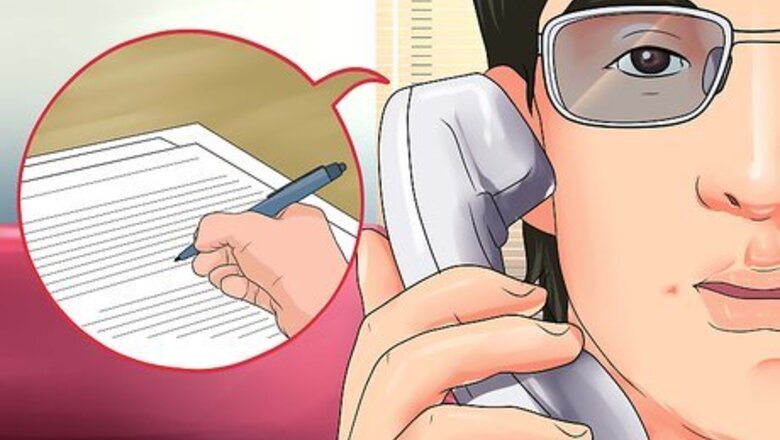
views
Withdrawing Divorce Papers Unilaterally
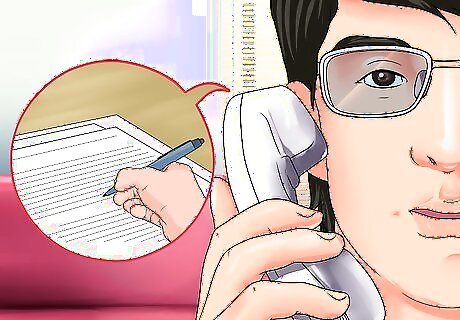
Find out if an answer or counterclaim has been filed. The spouse who initiates the divorce is called either the petitioner or plaintiff, the other spouse is called either the respondent or defendant. If you and your spouse reconcile before the respondent has filed any documents in response to the divorce petition, then the petitioner can halt the divorce proceedings all by themselves. If you are using the services of an attorney to assist in your divorce, simply contact your attorney to find out if an answer or counterclaim has been filed. If you filed divorce papers yourself, then you should have received the answer or counterclaim in the mail.
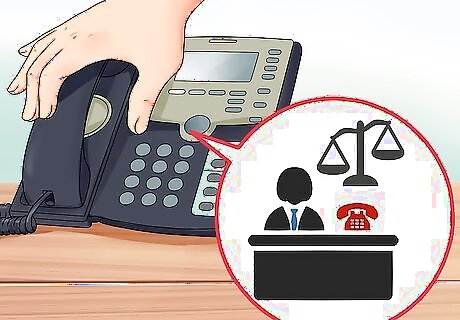
Identify the court clerk responsible for processing your case. If no answer or counterclaim has been filed, identify the clerk of court who is handling your case.The family court where you filed your divorce papers initially will assign a clerk to your case. If you used an attorney to file, then your attorney should know this information. Contact the clerk for the proper paperwork and procedures for withdrawing your divorce papers.
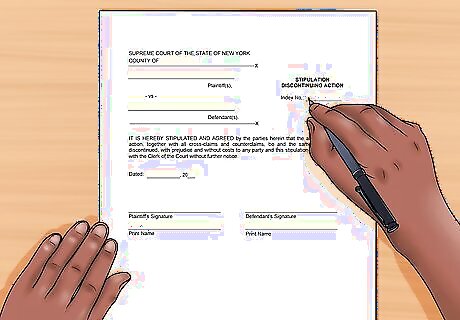
Fill out the appropriate paperwork. If the court clerk provides you with a form, complete it, or have your attorney complete it. Forms like these are typically only a page or two and very simple to fill out. Follow all instructions and make sure it is complete and, if necessary, notarized or witnessed. Many a legal filing is held up for lack of a signature or date in the proper place. Save yourself time and money down the road and double check the form to make sure everything is filled out properly and completely. Don't be intimidated. There are usually no fees associated with withdrawing a case this early, although you'll probably lose any filing fees you paid to initiate the divorce. And remember, you don't owe the court any explanation for withdrawing your case.
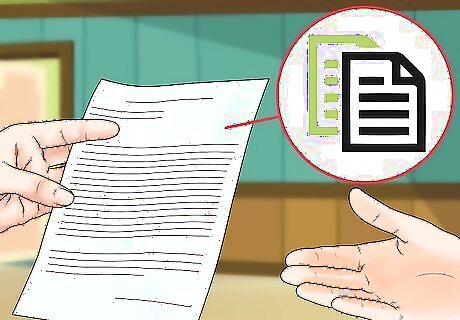
Serve your spouse. Once the petition for withdrawal is competed, in most jurisdictions, you need to serve your spouse with a copy of the petition to withdraw. The clerk of court will tell you if this is necessary, and what types of service are acceptable in your jurisdiction. Even though it isn't always required to show the court proof that your spouse was issued a service of process, it's always a good idea to keep documentation verifying that you did anyway. That way, if the court somehow loses your paperwork, you have proof that filed your withdrawal.
Halting Divorce Proceedings Bilaterally
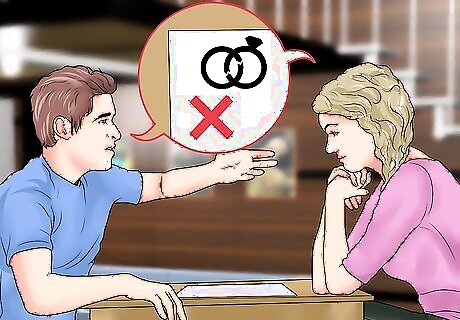
Make sure each spouse wants to withdraw the divorce petition. First and foremost, make sure that reconciliation is the best option for you, your spouse, and your family. Just as there are costs associated with initiating a divorce, there are costs (such as court fees and attorney's fees) associated with stopping the process, particularly if your spouse has already filed an answer or counterclaim. Don't waste you or your spouse's time and money. Talk to your spouse honestly and openly and make sure the both of you are committed to keeping your marriage intact.
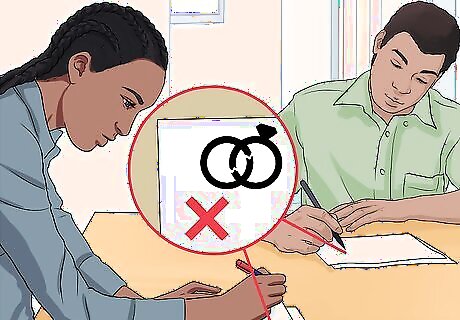
File a motion to dismiss. Since both spouses already said they wanted to divorce, the court must verify that both spouses want to reconcile. Therefore, when the motion is completed, the petitioner and respondent both need to sign it. In most jurisdictions, the motion is filed with the clerk of court, and the judge will either grant the motion (if both parties have signed) or schedule a hearing to evaluate its merits (if only the petitioner has signed). File an order for dismissal. In other jurisdictions, you will need to file an order for dismissal as well as a motion for dismissal. The process for filing the order and it's content are substantially the same as filing the motion. The order simply indicates that the motion has been granted or the date for the hearing has been set. If a hearing has been scheduled, the petitioner will usually need to be present. If the respondent is present but does not object to the dismissal, or the respondent doesn't attend the hearing, then the judge will usually grant the dismissal. The court will then serve your spouse with the notice that your divorce papers have been withdrawn, or will provide you a copy of the withdrawal notice in order for you to do it yourself.
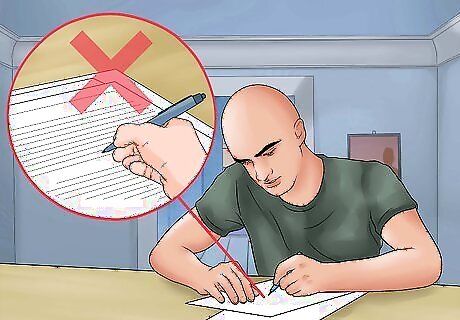
Dismiss the counterclaim. If the defendant has filed a counterclaim, that constitutes a separate claim for divorce. A counterclaim would be most common if a divorce proceeding was initiated for cause, like adultery or abandonment, as opposed to a divorce initiated without regard to fault (such as irreconcilable differences or incompatibility). If there is a counterclaim, then that will continue to be a "live" claim even if the petitioner withdraws or dismisses the original claim. In order for the divorce proceedings to be halted, the counterclaim must be dismissed as well. The procedure for dismissing a counterclaim is exactly the same as the procedure for dismissing the petitioner's original claim.
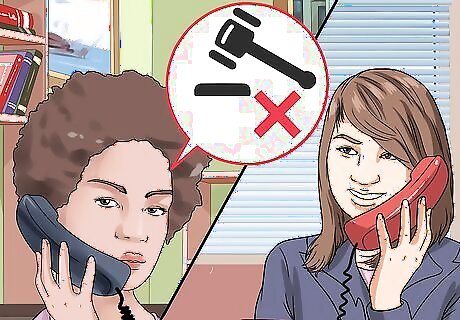
Close the case. If you and your spouse halted your divorce proceedings yourselves, but hired attorneys to handle your divorce, make sure each of you contacts the lawyers to close your files. This will avoid additional time spent on your case and larger legal bills.


















Comments
0 comment